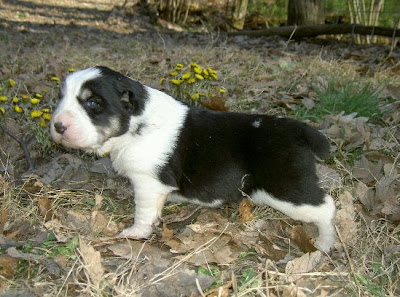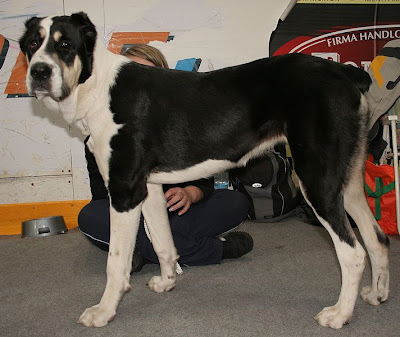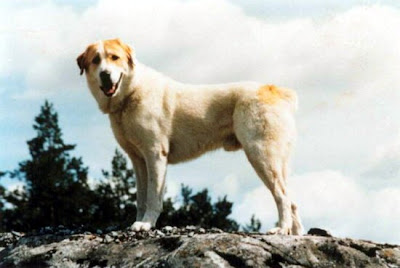.
Russian biologists and scientists have studied the local dog population since the 18th century. After the Communist revolution, the Soviet government focused on working dog breeds for the Red Army, and imported the best breed representatives to Russia as per military dogs' and guard dogs' requirements. Over the decades, this practice harmed the local population. As well, the introduction of new breeds to the region led to crossbreeding in some areas. At some point, in most areas purebred dogs were only left at herders, breed enthusiasts and farms, while crosses surfeited in access.However, Central Asian Shepherd Dogs population survived the communist intrusion, and still stable in general, reproducing same true quality dogs praised for working abilities, regardless of country of origin. Trading bloodlines and purchasing unrelated breeding stock between Russia, other "former USSR repubilcs" (such as Ukraine, Byelorussia etc ) and countries where CAO still at aboriginal stage, is a common practice nowadays.
.
This breed consists of numerous breed types. They differ in size, color, head types, hair types. As well, Central Asians tend to form a social group, consisting of different members bearing different duties, thus puppies with different working qualities are normally born in the same litter. These breed features, as well as different traditional names for the breed, give grounds for complications with breed standard. Most important, purebred Central Asians have unique breed characteristics.Breed specific dog anatomy includes exclusive features, such as very noticeable extremely flexible joints, false ribs, specific head set, very strong neck with massive dewlap they can extend at no time into different directions. Special true and beyond expressive mimic and almost human eyes, revealing the inimitable intelligence finish the portrait.
.

By working qualities, modern Central Asians had been bred into different directions, depends on the demand for their abilities. Traditional dog fights had always been a national tradition in places of original habitat, but they had never been cruel and destructive as pitbull-type fights. All herders from the same area annually met together, and fought their strongest sheep guardian male dogs to pick the winner. It was about the dominance rather than destroying their own kind. Most dogs evaluated each other when met at the field and the weaker or more submissive dog left, taking the loss. Dogs seldom injured each other, mostly minor scratches within short period of time. Only true leaders actually had to determine, who is the strongest dog via real fight, but this still minor compare to their everyday labor duty, facing predators and venomous snakes every day.
.
Modern commercial dog fights often differ from traditional as much as livestock guardian dogs differ from fighting dogs. There are different rules, and different breeds involved. Most Central Asians used for modern commercial fights come from fighting lines. Vast majority of breeders are aware of their dogs’ background, and will tell, if the dog comes from lines used for fighting, or not. And one can always expect high level of aggression towards other dogs from CAOs with dog fighting background. It is always important to distinguish weather the dogs display aggression only towards strange, unfriendly dogs entering their territory, while establish and maintaining usual social relationships with other animals on premises, or illegibly attack regardless weather the other dog is a member of same social group, or not. Promiscuity in aggression towards strangers and friends is highly atypical for the breed, as well as for other breeds of dogs.
.
.
.
.
.
.
.
.
.
.
.
















No comments:
Post a Comment